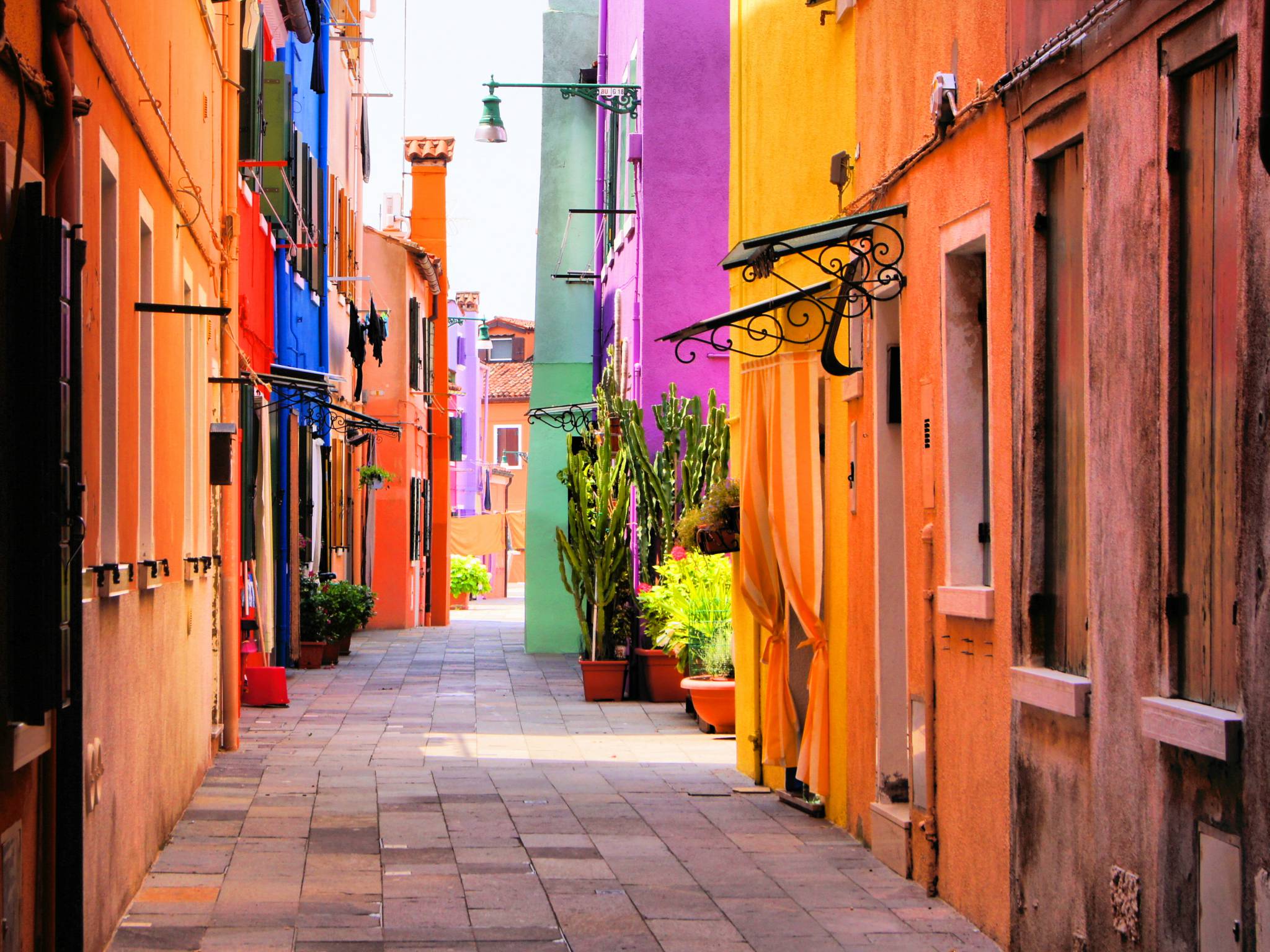If you think Mardi Gras is just about catching plastic beads on Bourbon Street, New Orleanians would like to have a word. Probably over a Sazerac. So here's a not-so-buttoned-up guide to doing Mardi Gras the New Orleans way — sharp, cheeky, educated, and a little fabulous (just like the locals).
Ah, New Orleans. The Crescent City. Home of jazz, ghosts, decadent pralines, and more powdered sugar than a Dunkin’ Donuts warehouse. But for a few glorious, glittering weeks every year, New Orleans becomes something more. It becomes a technicolor fever dream called Mardi Gras — a celebration that melds ancient Catholic ritual, French-Creole flair, and "this-could-only-happen-in-New-Orleans" chaos into one unforgettable experience.
🎭 What Is Mardi Gras, Really?
Let’s clear one thing up: Mardi Gras is not just a day. It’s a season — like hurricane season, but with more glitter and less existential dread. Starting on Twelfth Night (January 6th) and climaxing on Fat Tuesday (the day before Ash Wednesday), Mardi Gras is New Orleans’ answer to winter: go big, or go home. And then go eat a po’ boy.
The word “Mardi Gras” translates to "Fat Tuesday," alluding to the grand finalé of indulgence before Lent's 40-day fast (or a modest attempt at one).
🌟 Krewe Culture: The Beating Heart of the Festivities
The Krewe of Rex, established in 1872, is the granddaddy of them all — a regal, polished affair steeped in tradition. Meanwhile, the Krewe of Muses (an all-female krewe) throws hand-decorated shoes instead of beads, because who doesn’t want to catch couture on the sidewalk?
The real magic of Mardi Gras is in the parades — and behind every parade is a mysteriously named “krewe” (pronounced like ‘crew’ but 1,000% more fabulous). These are the secret societies slash party planners responsible for the jaw-dropping floats that roll through New Orleans neighborhoods.
For artier, quirkier vibes, head to Bywater and Marigny for the Krewe of Chewbacchus — where sci-fi nerds and costumed Wookiees parade in handmade floats powered by bicycles and IPA.
🎷 Parades to Bookmark (And Camp Out For)
Uptown holds most of the big-ticket parades, including Endymion, Bacchus, and Zulu — where coconuts are the coveted throw. (Pro tip: they’re hand-painted. They don’t throw them. You catch one, you treasure it.)
Looking for something more...avant-garde? Frenchmen Street’s Krewe of ‘tit Rex features miniature shoebox floats so detailed they could be in the MoMA. They're rolled out on wagons and showcase sharp social satire—at two feet tall. It’s genius.
🧁 Eat the Cake. It’s Mandatory.
If you visit New Orleans during Mardi Gras and don’t try King Cake, you might be deported. These circular, cinnamon-sugar confections — often topped with tri-colored icing (purple for justice, gold for power, green for faith) — hide a tiny plastic baby inside.
Find the baby? Congratulations: you’re morally obligated to buy the next cake. And no, you don’t get to opt out. Try Dong Phuong Bakery's King Cake (their impeccably flaky version is so culty, they have to ration them). You can find them via their official website here.
Looking for savory over sweet? Nothing says Mardi Gras recovery breakfast like a fried oyster po’ boy or a piping hot bowl of crawfish étouffée. You’ll need the calories. Trust us.
🎶 The After-Party Never Ends: Mardi Gras Beyond Bourbon
Yes, everyone’s heard of Bourbon Street — and while it’s Mardi Gras’ frattiest cousin (think: hurricanes served in plastic fishbowls), the true spirit of Carnival lives elsewhere.
Bayou St. John and the Marigny neighborhood offer intimate, soul-soaked celebrations where brass bands serenade the streets and kids play drums on upturned paint cans. Frenchmen Street is for music lovers, with jazz clubs like The Spotted Cat Music Club drawing in locals and travelers alike.
You’ll also want to experience “Mardi Gras Indians” — African American tribes who spend all year hand-sewing feathered suits for a singular day of revelry, performance, and cultural pride. You won’t find them on the official schedule, but if you do happen upon one? Count yourself blessed.
🎭 Costume Like You Mean It
One does not simply “dress up” for Mardi Gras. One transforms. We’re talking wigs, sequins, feathers, tulle. And that’s just on the dog. New Orleanians believe in sartorial expression as spiritual practice. If you’re planning to spectate, fine — but throw on a purple boa at minimum. Blend in, or at least sparkle trying.
🔮 Where to Stay — and How Early to Book
Want a balcony room on St. Charles Avenue for parade season? You and every other Mardi Gras romantic. Book at least 8-12 months in advance — seriously. Neighborhoods like the Garden District, Faubourg Marigny, or even Mid-City land you close to parade routes without the Bourbon madness.
For accommodations with authentic local charm, look at boutique hotels like The Pontchartrain Hotel or Hotel Peter & Paul. Visit New Orleans’ official tourism site for hotel listings and booking help: neworleans.com.
☀️ Final Thoughts: Mardi Gras Is a State of Mind
Whether you’re catching coconuts, hiking for king cake, or dancing in the rain to a 16-piece brass band, Mardi Gras is messy, moving, and magical.
This celebration isn’t about tourists; it’s about tradition. Culture. Joy. Resistance. Revelry. It's New Orleans being absolutely, unapologetically itself.
So throw on your costume, grab your go-cup, and remember: it’s not just a party. It’s a pilgrimage.
Laissez les bons temps rouler.
🔗 Plan your trip → NewOrleans.com
FAQs
Is Mardi Gras safe for families?
Absolutely — especially Uptown parades and daytime events. Some areas (like the French Quarter at night) are more adult-focused, but overall it's a very family-friendly festival.
Where can I try the best King Cake in New Orleans?
Dong Phuong Bakery is legendary. Locals also swear by Manny Randazzo’s and Haydel’s. Try multiple for “research” purposes.
Which Mardi Gras krewe throws coconuts?
The historically Black Krewe of Zulu throws hand-decorated coconuts, a high honor in the world of parade "throws."
What is the best time to visit New Orleans for Mardi Gras?
The ideal time is the two weekends leading up to Fat Tuesday (which changes yearly between February and March). That’s when the major parades roll and the energy peaks.
Do I need tickets to attend Mardi Gras parades?
No tickets required! Most parades are free and open to the public. Some exclusive viewing stands or balls may require tickets, but the parades themselves are a street-party extravaganza.
What should I wear to Mardi Gras in New Orleans?
Go big or go costume-less. Think wigs, sequins, feathers. Purple, green, and gold reign supreme. And yes, locals dress up too. Especially on Fat Tuesday.













































